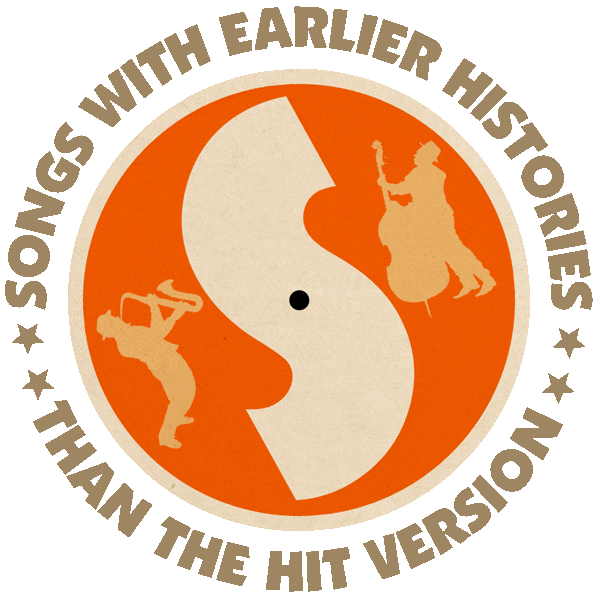Written and first recorded by Ian Hunter (1979).
Hit version by Barry Manilow (US #9/MOR #4/CAN #29 1979).
From the wiki: “Ian Hunter (‘Once Bitten Twice Shy‘) began writing ‘Ships’ when he was with Mott The Hoople (1969-1974) but didn’t record it until 1979, for his solo album You’re Never Alone With A Schizophrenic. The song has been described as a hymn-like ballad about Hunter’s relationship with his father.
“‘Ships’ was soon after recorded by singer Barry Manilow for his sixth studio album, One Voice. Hunter recalled to Mojo magazine: ‘That whole Manilow thing was quite amusing. That guy’s no slouch when it comes to arranging. His dad had died and the song struck him that way, too.'”

